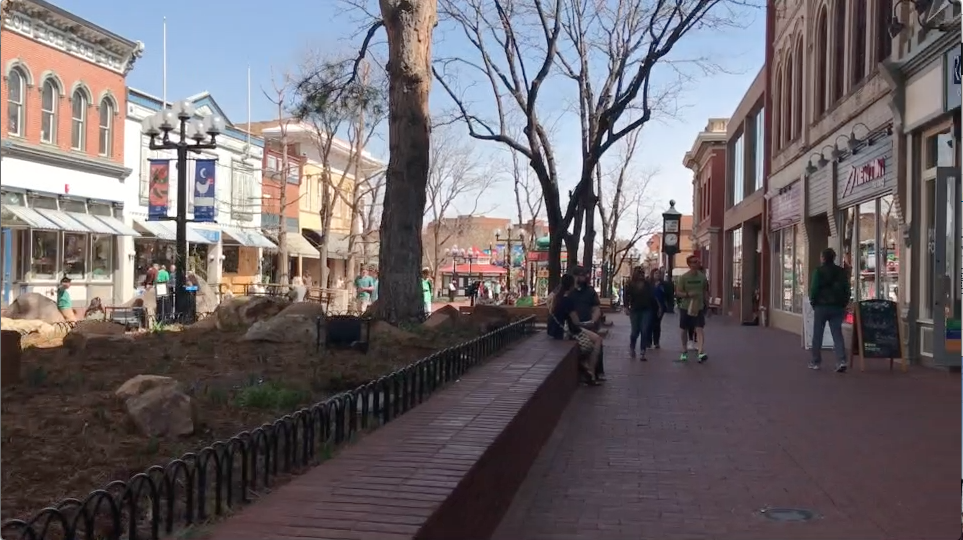 .In today’s exercise, you will be learn how to slow down time while conducting the hasty search.
.In today’s exercise, you will be learn how to slow down time while conducting the hasty search.
The Workout
- This video was used in an earlier exercise and taken on the Pearl Street Mall (an outdoor mall) in Boulder, CO, during the middle of the afternoon on a weekday in the spring. We recommend you do that exercise first.
- Watch the video 3 times
- The first time: watch the video titled “Slow Motion” to observe each person that comes into the frame and note each behavior that you observe on them as you assign them to one of the four clusters.
- The second time: watch the second video, titled “1x Speed,” and make the same assessments about each person in the clip, except this time it is at a normal speed.
- The third time: watch the third video, titled “2x Speed” and try to note all of the same gestures, postures and expressions that you made in the first two videos at the fast pace.
Slow Motion: 1/2 Speed
..
1x Speed
..
2x Speed
..
- Repeat
- The goal for this exercise was to become comfortable making observations at 2x, so that when observing people at the speed of life (1x), it will appear slower and more controllable than it would otherwise.
- Repeat as many times as is necessary to make all of the same observations about the people at 2x speed as you can at 1/2 speed.
- Reflect
- What factors of the hasty search (both the “other indicators” and the behaviors) are you comfortable making and which are observations that don’t come naturally to you? List these out.
- Act
- Identify an area where you can practice focusing on the elements of the hasty search that you are least comfortable making, and only those indicators, until you can recognize them through effort alone.
Related Content:
- Visual Guide: Conducting A Hasty Search: A Flow Chart


